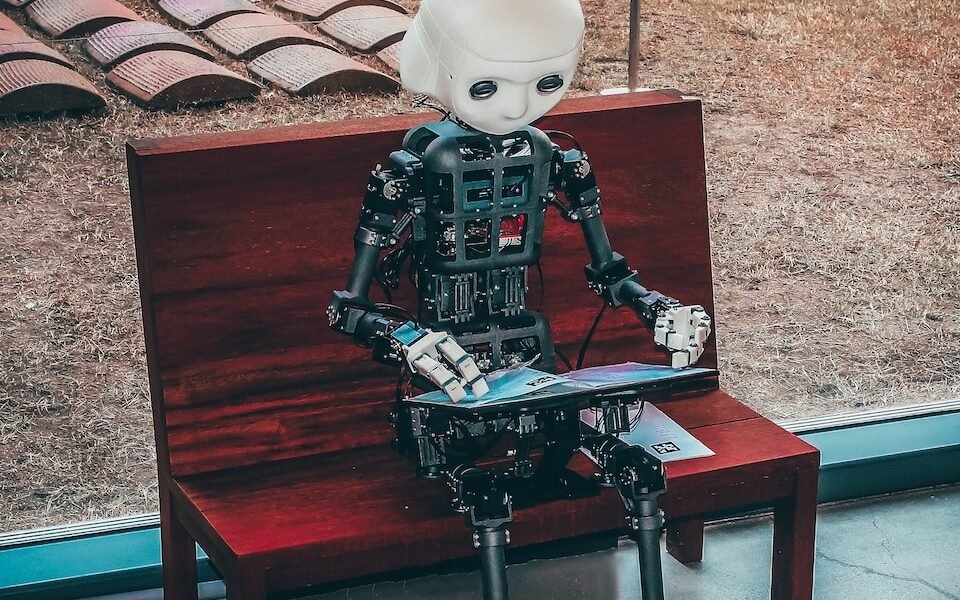A recent report from the McKinsey Global Institute has highlighted the potential impact of generative artificial intelligence (AI) on the U.S. workforce by the end of the decade. The report suggests that as companies increasingly adopt AI tools for automating tasks, nearly one-third of Americans’ workweeks could be affected.
According to the findings, without the integration of generative AI, automation might account for 21.5% of the hours worked in the U.S. economy by 2030. However, with the implementation of generative AI, this share has the potential to increase significantly to 29.5%.
The report identifies various job categories that could experience a greater share of automated work hours with the help of AI. Professionals in science, technology, engineering, and mathematics (STEM) fields are projected to see a 16-point increase in the percentage of their automated work hours, reaching 30% by 2030. Similarly, education and workforce training professionals could see a 16% increase, bringing the share of their work hours automated with AI to about 23%.
Other job categories with notable increases in automation include creatives and arts management, projected to experience a 15-point jump to about 25% of hours worked, and business and legal professionals, likely to see a 14-point increase to 30% of hours worked.
In contrast, agricultural work is expected to see only a 3% increase in automation, while production workers and health and wellness technicians may experience a 4% increase. These fields already have high automation baselines, with production workers at 30% and agriculture workers at 27%, while health technicians are at approximately 15%.
Overall, the report estimates that American workers could see an additional 8% of their work hours automated by 2030 due to the accelerated adoption of generative AI, bringing the total of automated work hours to about 30%.
Regarding the potential for job losses, the report does not definitively conclude that there will be significant job eliminations. Instead, it suggests that technological advances often cause disruptions but have historically fueled economic and employment growth in the long run.
The report identifies customer service, sales, office support roles, food services, and production work as the occupations most likely to experience decreasing labor demand and modest changes in work activities due to AI. However, the decline in labor demand may manifest as slower growth in these fields rather than net job losses between now and 2030.
Overall, the report indicates that while some job categories may experience changes in demand and work activities due to AI-driven automation, the implementation of generative AI could also lead to the creation of new jobs or slower growth in some sectors. The extent of the impact will depend on how well the workforce adapts to the evolving job landscape.
Download our app MadbuMax on the Apple App Store for the latest news and financial tools. Interested in getting your finances in order do not forget to check Dr. Paul Etienne’s best-seller book on personal finance. To access more resources, tools and services please click here. Also do not forget to follow Dr. Etienne on IG or Twitter.





